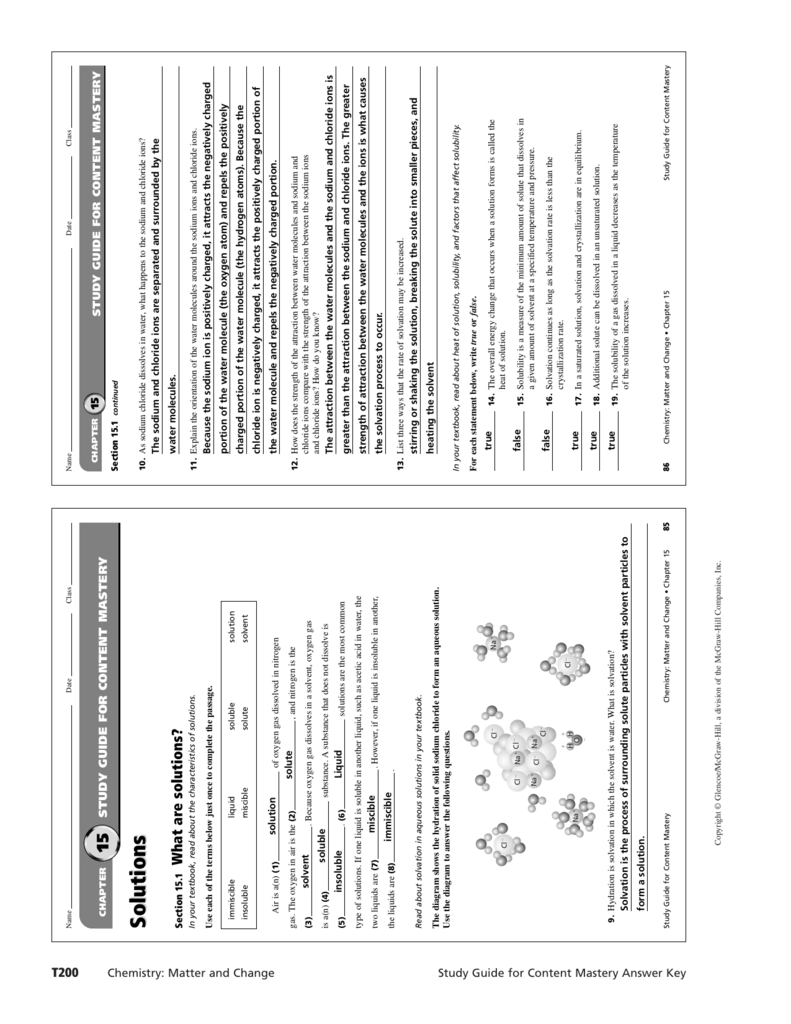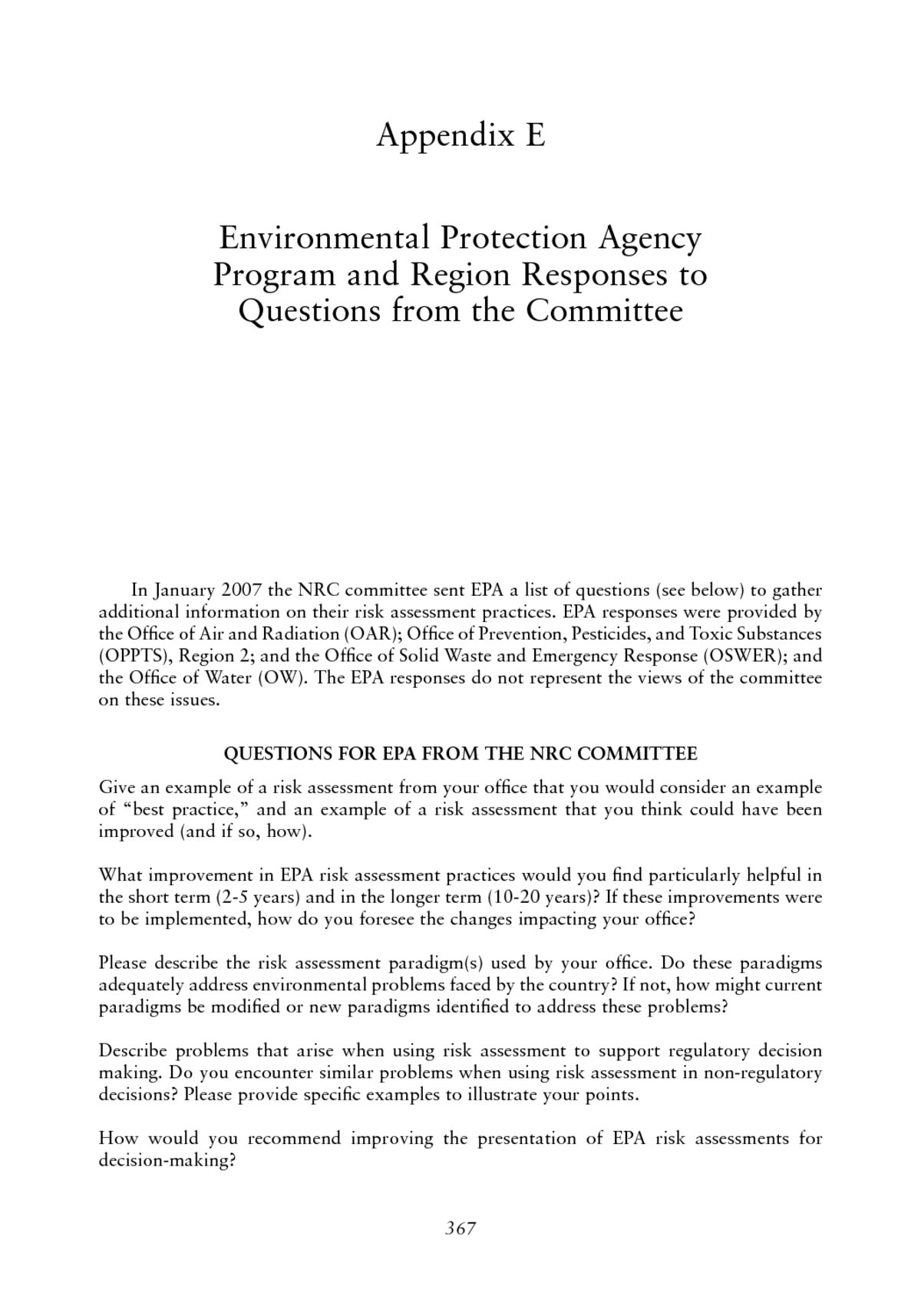Chemistry Matter And Change Study Guide Packet
Unformatted text preview: Exam # 1 Study Guide Lectures: 2 - 9 Lecture 2 (January 21) Chapter 1: Classification of Matter Define chemistry, matter, atom, element, molecule, and property. Chemistry is the study of matter, its properties, and the changes that matter undergoes. Matter is the physical material of the universe (has mass and occupies space). Atoms are the building blocks of matter.
Molecules are a combination of atoms joined together by chemical bonds. Property is any characteristic that lets us recognize and distinguish matter. What determines the properties of matter?
Chemistry Matter And Change Study Guide Packet Sniffer
Composition- what atoms Structure- how the atoms are connected The property of matter are separated into two categories. What are they? Macroscopic – properties and behavior we can see Submicroscopic – Properties and behavior we cannot see What is the difference between a pure substance and a mixture?
A pure substance contains matter with distinct properties and constant composition. Can be either an element of a compound (a substance formed from two or more elements). A mixture is a combination of two or more pure substances, have relative amounts of components that vary, and each component retains its own properties. What is the difference between physical and chemical properties?
Physical properties are observes without changing the identity or composition of a substance such as but not limited to: color, density, melting point, and boiling point. Chemical properties describe the way a substance may change or react to form other substances such as flammability.
What is the difference between intensive and extensive properties? Intensive properties do not depend on an amount of a sample, and some can be used to identify substances such as but not limited to: melting point, density, and temperature. Extensive properties depend of the amount of sample, such as mass and volume. CHEM 1110 1st Edition Know the common decimal prefixes. Giga – G – 109 Mega – M – 106 Kilo – k – 103 Centi – c – 10-2 Milli – m – 10-3 Micro – mu – 10-6 Nano – n – 10-9 Pico – p – 10-12 Lecture 3 & 4 (January 28 & 30) Chapter 2: Atoms, Molecules, and Ions Explain the four postulates of Dalton’s Atomic Theory.


Chemistry Matter And Change Pdf
All matter consists of tiny indivisible atoms 2. Atoms of an element are identical, but different from those of other elements 3. Atoms of one element cannot be converted into those of another element 4. Compounds result from chemical combinations of different elements; atom ratio are integers. List and define the three classical laws. Law of Conservation of Mass – The total mass of materials after the reaction equals the mass before the reaction Law of Constant Composition – In a given compound, the relative numbers and kinds of atoms are constant Law of Multiple Proportions – if A and B combine to form more than one compound, then the mass of A and B are small whole number ratios Who discovered electrons?
What are isotopes? Atoms with identical atomic.
Unformatted text preview: Exam # 1 Study Guide Lectures: 2 - 9 Lecture 2 (January 21) Chapter 1: Classification of Matter Define chemistry, matter, atom, element, molecule, and property. Chemistry is the study of matter, its properties, and the changes that matter undergoes. Matter is the physical material of the universe (has mass and occupies space). Atoms are the building blocks of matter. Molecules are a combination of atoms joined together by chemical bonds.
Property is any characteristic that lets us recognize and distinguish matter. What determines the properties of matter? Composition- what atoms Structure- how the atoms are connected The property of matter are separated into two categories. What are they? Macroscopic – properties and behavior we can see Submicroscopic – Properties and behavior we cannot see What is the difference between a pure substance and a mixture? A pure substance contains matter with distinct properties and constant composition.
Can be either an element of a compound (a substance formed from two or more elements). A mixture is a combination of two or more pure substances, have relative amounts of components that vary, and each component retains its own properties. What is the difference between physical and chemical properties? Physical properties are observes without changing the identity or composition of a substance such as but not limited to: color, density, melting point, and boiling point. Chemical properties describe the way a substance may change or react to form other substances such as flammability. What is the difference between intensive and extensive properties?
Intensive properties do not depend on an amount of a sample, and some can be used to identify substances such as but not limited to: melting point, density, and temperature. Extensive properties depend of the amount of sample, such as mass and volume. CHEM 1110 1st Edition Know the common decimal prefixes. Giga – G – 109 Mega – M – 106 Kilo – k – 103 Centi – c – 10-2 Milli – m – 10-3 Micro – mu – 10-6 Nano – n – 10-9 Pico – p – 10-12 Lecture 3 & 4 (January 28 & 30) Chapter 2: Atoms, Molecules, and Ions Explain the four postulates of Dalton’s Atomic Theory. All matter consists of tiny indivisible atoms 2.

Atoms of an element are identical, but different from those of other elements 3. Atoms of one element cannot be converted into those of another element 4.
Compounds result from chemical combinations of different elements; atom ratio are integers. List and define the three classical laws. Law of Conservation of Mass – The total mass of materials after the reaction equals the mass before the reaction Law of Constant Composition – In a given compound, the relative numbers and kinds of atoms are constant Law of Multiple Proportions – if A and B combine to form more than one compound, then the mass of A and B are small whole number ratios Who discovered electrons? What are isotopes? Atoms with identical atomic.